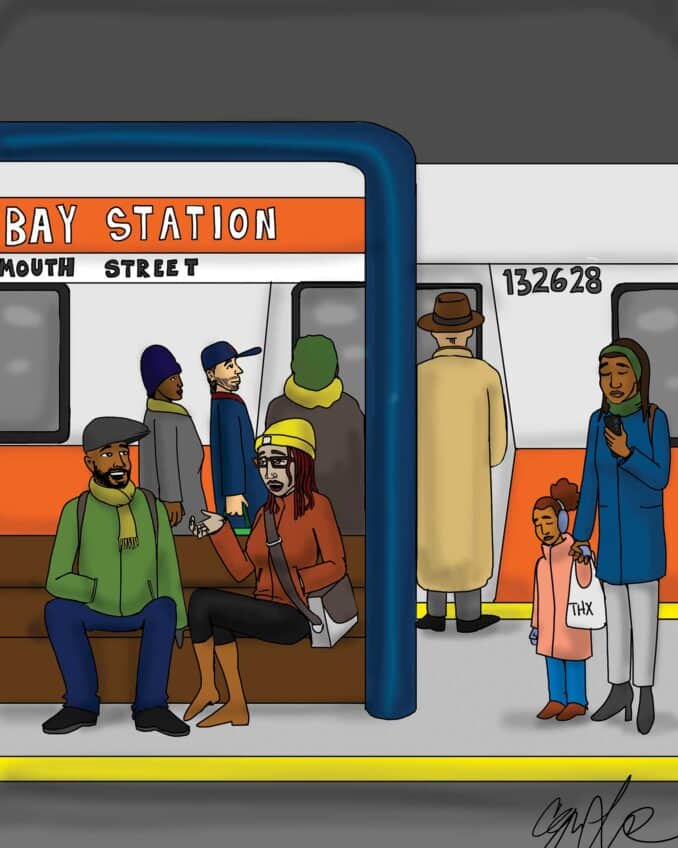These days, it is becoming harder and harder to keep up with the rampant disinformation that the radical right is pushing. On day one, the new administration took a sledgehammer to long-established diversity, equity and inclusion efforts. The far right incorrectly posited that these programs are discriminatory and wasteful. These programs are not only legal, but they promote greater fairness and opportunity across society, lead to greater innovation and result in higher revenues for companies. Now, the right-wing legal movement is going a step further by trying to redefine the legal standards needed for white plaintiffs to prove discrimination.
Earlier this month, the United States Supreme Court heard oral arguments in Ames v. Ohio Department of Youth Services. The case involves a heterosexual white woman who sued her employer under the 1964 Civil Rights Act, arguing that she was demoted and replaced by a gay man and denied promotion in favor of a gay woman. She claims that both positions were awarded to people less qualified than her.
In plain terms, she is arguing what is commonly referred to inaccurately as “reverse discrimination.” Before we get into the merits of her individual case, it is worth noting that these types of cases are being brought more frequently in courtrooms across America. However, the contention that reverse discrimination against majority groups is widespread, especially against white males, is simply untrue and not supported by data.
Let’s start with hiring. Despite new laws and changing attitudes, racial discrimination in hiring is still a persistent problem. Some may recall the landmark 2004 study, when two economists submitted fake job applications with fictitious names in Boston and Chicago. They found that applicants with names suggesting they were white received 50 percent more callbacks from employers than those whose names indicated they were Black.
Nearly two decades later, in 2021, researchers sent more than 80,000 fake job applications for entry-level openings to Fortune 500 firms. On average, the researchers found that applications with distinctively Black names were about 10 percent less likely to get a call back than similarly qualified white applicants. While progress has been made, the penalty that Black people face in the labor market is still steep.
When it comes to promotions and upward career movement, the numbers paint a similar picture. As any professional knows, to move up the ladder, you have to promote your successes to upper management. However, Black employees are penalized for self-promotion more than any other racial group, according to a 2022 study from the London School of Economics. The study showed that when white employees engaged in self-promotion for job advancement, it worked out in their favor.
Break promotion data down by gender, and the story is not much different. On average, women are 13 percent less likely to be promoted than men. While women hold more of the top jobs in companies than ever before, they lag behind men on crucial early promotions into management. In fact, the share of women in the lowest rung of corporate manager roles has grown by just two percentage points from a decade ago, which tells us that women might be getting in the door, but they’re not progressing to director, vice president, or senior vice president positions. And when we look at Black women, the numbers are even more abysmal, with just 4% in the C-suite, compared to 62% for white men.
That said, to all the people who claim that white people are being reverse-discriminated against at scale, I would love to see the peer-reviewed studies they are getting this data from. But as any serious person will tell you, that data does not exist, which brings us back to the case before the court.
This plaintiff argues reverse discrimination because she is heterosexual. Under well-established precedent, plaintiffs from majority groups must provide more evidence than minority plaintiffs to show they have faced discrimination. The bar is obviously higher because discrimination against majority groups is not widespread or systemically embedded into labor and employment markets. Now, the court will decide whether that higher burden of proof is supported by the U.S. Constitution.
Putting the legal analysis aside, the most practical consequence of the court ruling in favor of the plaintiff is that more reverse discrimination claims will be filed. Right now, companies are already facing political pressure to abandon diversity, equity and inclusion efforts. If the court makes it easier for majority groups to sue, the environment for promoting fair workplaces will suffer.
Those in favor of changing these standards are doing so because they believe the U.S. Constitution should be “colorblind.” The problem is the theory ignores the reality on the ground. It is political cover for a decades-long agenda focused on rolling back the progress of the Civil Rights Movement. Now, they claim reverse discrimination is rampant and must be curbed by the courts. This is nothing short of a manufactured crisis. The data clearly shows that marginalized communities continue to confront discrimination and bias. Now is not the time to weaken our laws and policies. Instead, we should build towards the promise of equity.
Alphonso David is a civil rights attorney and the president and CEO of the Global Black Economic Forum.







Leave a Reply
You must be logged in to post a comment.